Photos That Highlight The Worst Disasters In The Air
The statistics on aviation safety are reassuring: In countries with rigorous aviation standards, the death risk per passenger is about 1 in 100 million. This makes it statistically safer than many everyday activities, including driving a car.
However, despite the work of safety experts, the risk will never sit at zero — and when things do go wrong in the air, the consequences are often deadly. While flying is one of the safest ways to travel, some of these incidents caused travellers to rethink their plans.
Hindenburg – 1937
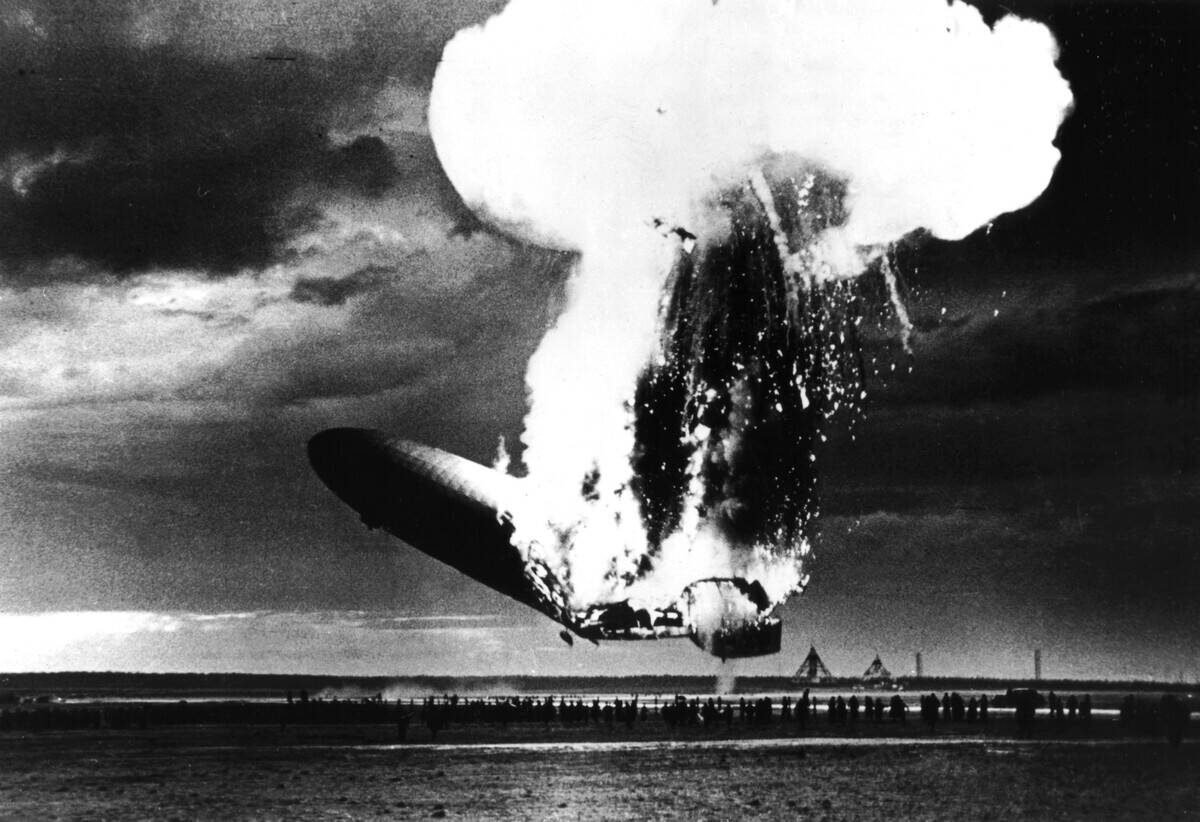
One of the most shocking disasters of the early 20th century — captured in real-time for all to see — occurred on May 6, 1937 when the German airship LZ 129 Hindenburg burst into flames while attempting to land in Lakehurst, New Jersey.
The zeppelin ignited suddenly into a spectacular fireball, reducing it to a pile of smoldering wreckage within seconds. In all, 36 people — 13 passengers, 22 crew members, and one ground worker — perished in the disaster. The event was immortalized by radio reporter Herbert Morrison, whose anguished narration of, “Oh, the humanity!” became iconic.
Uruguayan Air Force Flight 571 – 1972
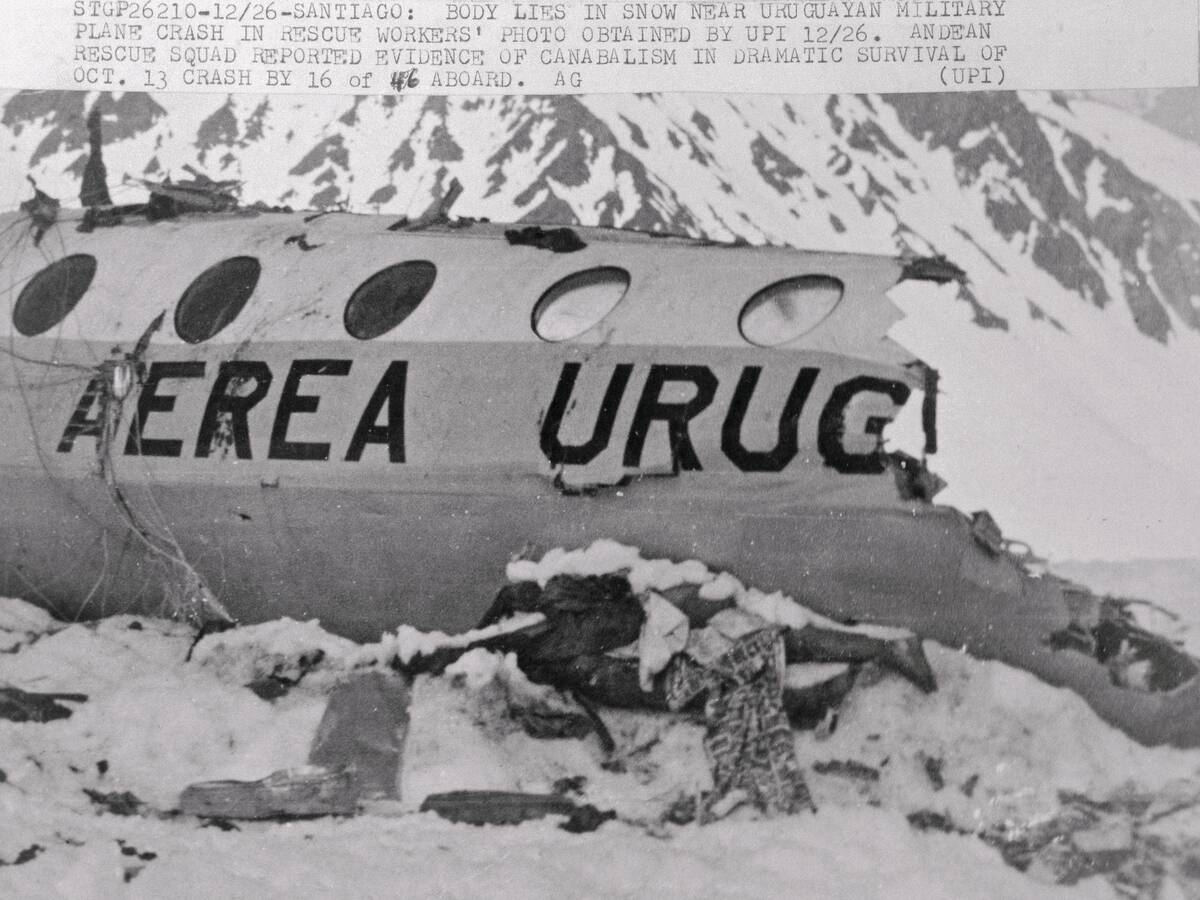
The story of this ill-fated Fairchild FH-227D that crashed in the remote Andes Mountains is one of triumph as well as tragedy. The plane was carrying 45 people, including a Uruguayan rugby team and its supporters.
After crashing, the survivors infamously resorted to eating the remains of the deceased passengers in order to survive. After more than two months clinging to life amid the wreckage of the plane, two survivors trekked for ten days across the mountains to find help. In all, 16 people survived the ordeal. The story of survival was retold in Piers Paul Read’s book Alive, which was adapted into a movie in 1993.
Tenerife Airport Disaster – 1977

In 1977 at Los Rodeos Airport in the Canary Islands, two Boeing 747 jumbo jets — the largest passenger plane in the world — collided on the runway in thick fog. The issue was that one aircraft had initiated a takeoff without proper clearance, while the other was taxiing on the same runway.
The disaster killed 583 of the 644 people aboard both planes, making it the deadliest aviation accident in history. In the years that followed, major changes in cockpit communication procedures — most notably, the standardization of English as the language of aviation — were implemented.
American Airlines Flight 191 – 1979
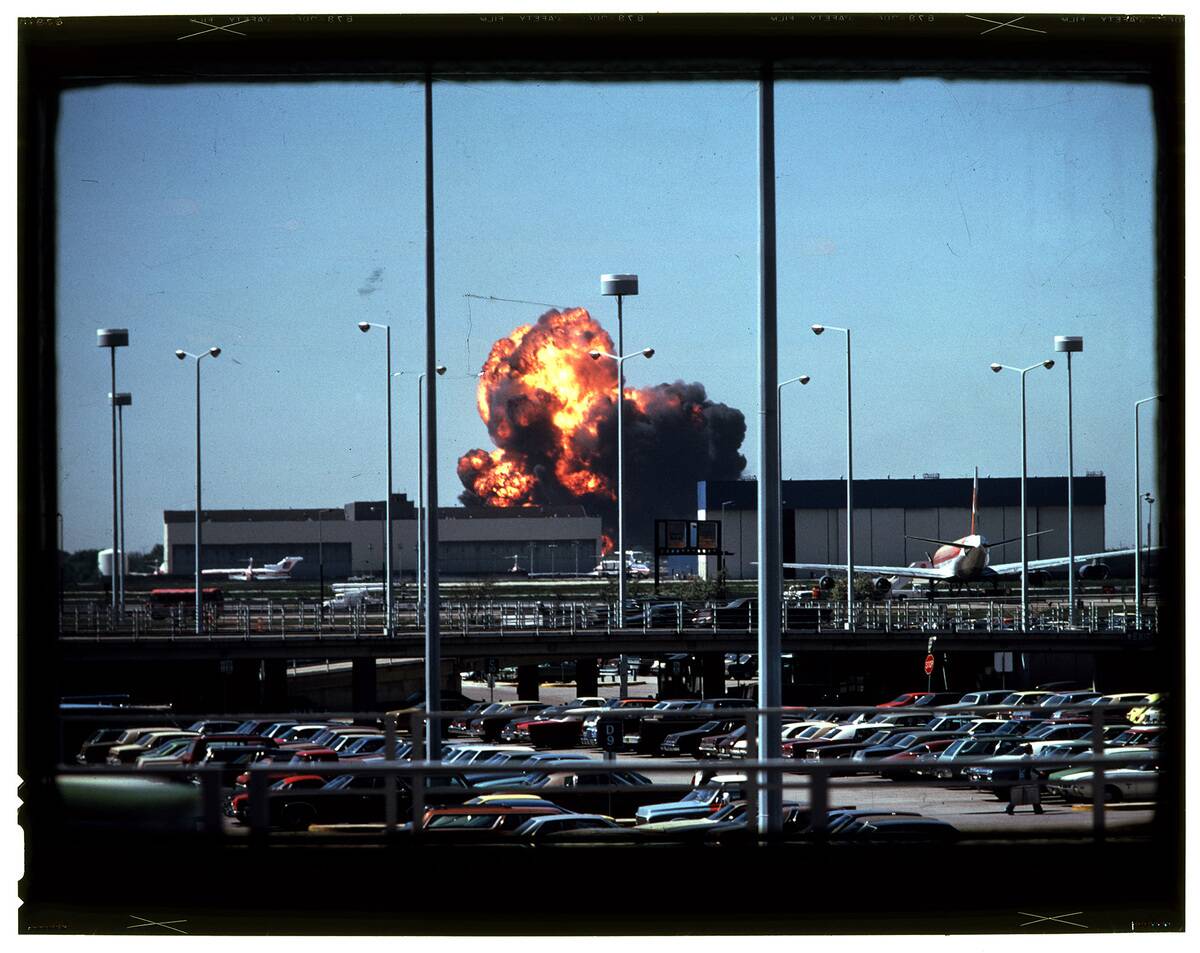
In 1979, American Airlines Flight 191, a McDonnell Douglas DC-10, crashed shortly after taking off from Chicago’s O’Hare International Airport, killing all 271 people on board and two more on the ground. To date, it’s the deadliest aviation accident in U.S. history.
The culprit of the crash was improper maintenance procedures which caused an engine to detach from its wing, causing the aircraft to roll uncontrollably before crashing into a nearby field in a dramatic fireball. The disaster temporarily caused the entire DC-10 fleet to be temporarily grounded as investigators sought answers.
Air India Flight 182 – 1985
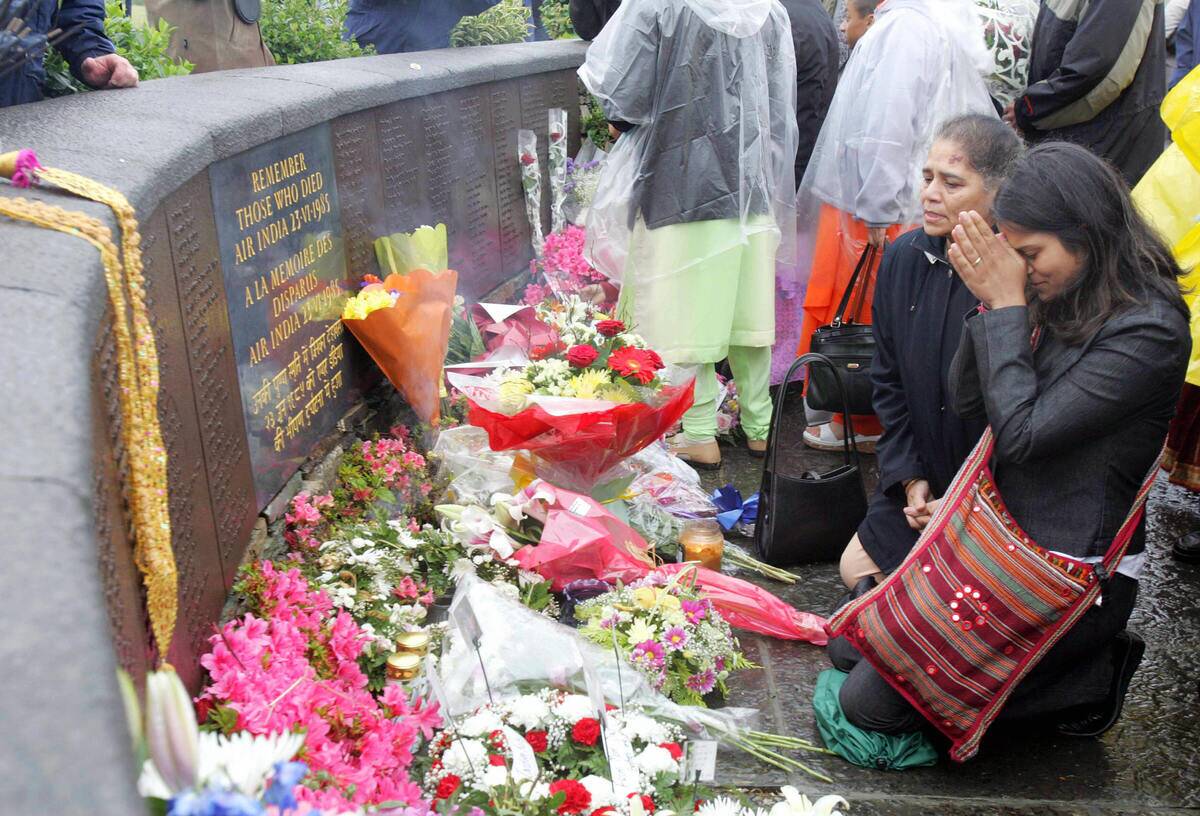
Air India Flight 182 was scheduled to take off from Montreal en route to Delhi, India, with a stop in London. The plane made it as far as the coast of Ireland before it suddenly exploded in mid-air, killing all 329 people on board — most of them Canadian citizens of Indian descent.
An investigation revealed that an incendiary device had been placed inside a suitcase by Sikh extremists. Another coordinated incendiary device intended for a separate Air India flight detonated unexpectedly in Japan, killing two airport baggage handlers.
Lockerbie Disaster – 1988
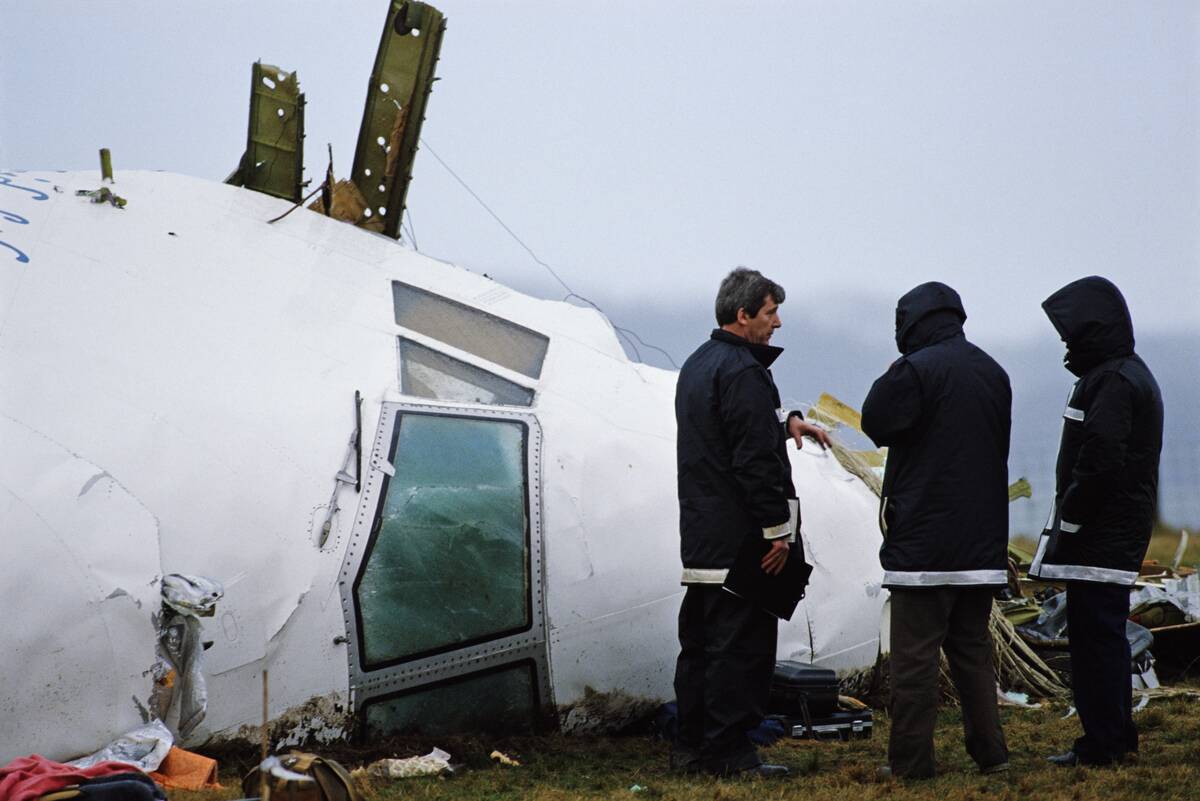
One of the darkest moments in aviation history occurred on December 21, 1988 when Pan Am Flight 103 exploded over Lockerbie, Scotland, killing all 259 people on board and 11 more in the village of Lockerbie.
The attack was eventually linked to Libyan intelligence operatives. Years later, in 2001, Abdelbaset al-Megrahi was convicted for the attack, though alternative theories have surrounded the case for years. The event — just three years after the Air India Flight 182 attack — drew attention to the rising threat of terrorist attacks on international flights.
United Airlines Flight 232 – 1989
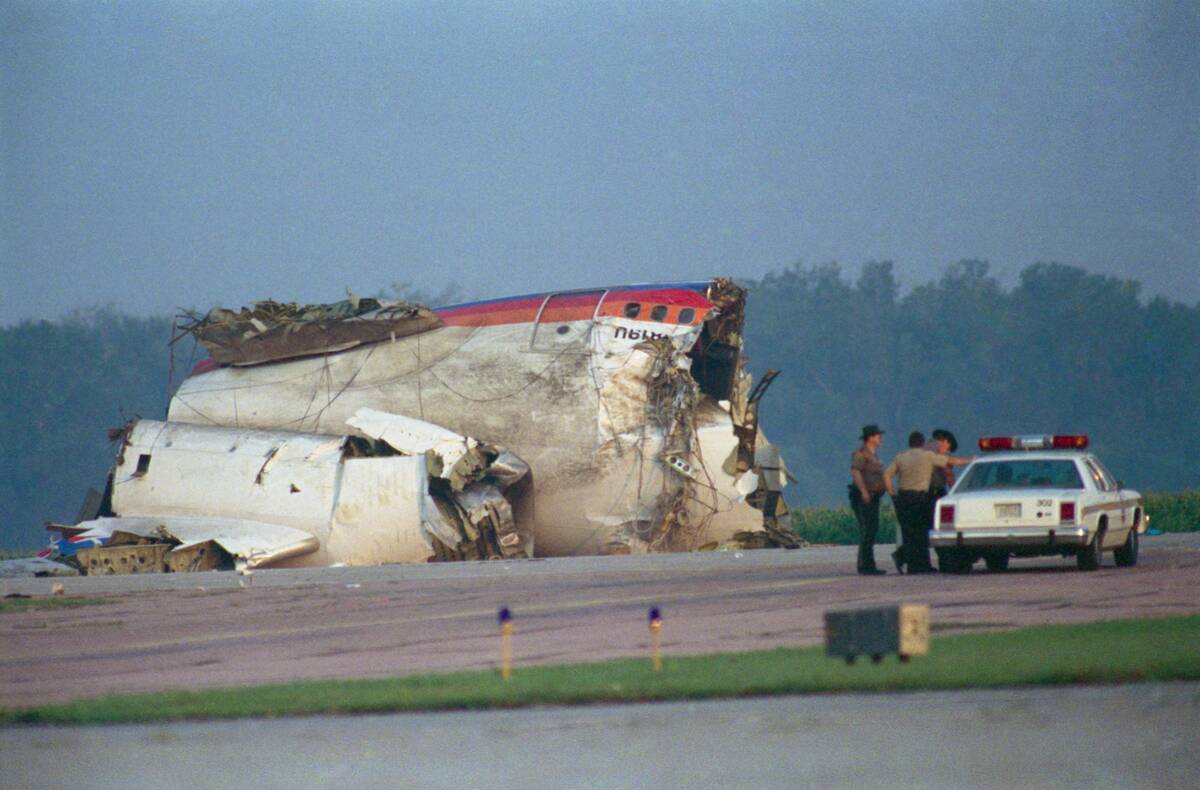
United Airlines Flight 232 encountered an unprecedented emergency in 1989 when its tail-mounted engine expoloded, which in turn severed all three hydraulic systems and took away all conventional flight controls.
The flight crew heroically managed to steer the aircraft using differential engine thrust and attempted an emergency landing at Sioux City, Iowa. The landing did not go smoothly, with the plane cartwheeling several times on the runway and breaking apart. While 111 of the 296 people onboard were killed, the pilots’ expertise ensured the survival of 185 people.
TWA Flight 800 – 1996
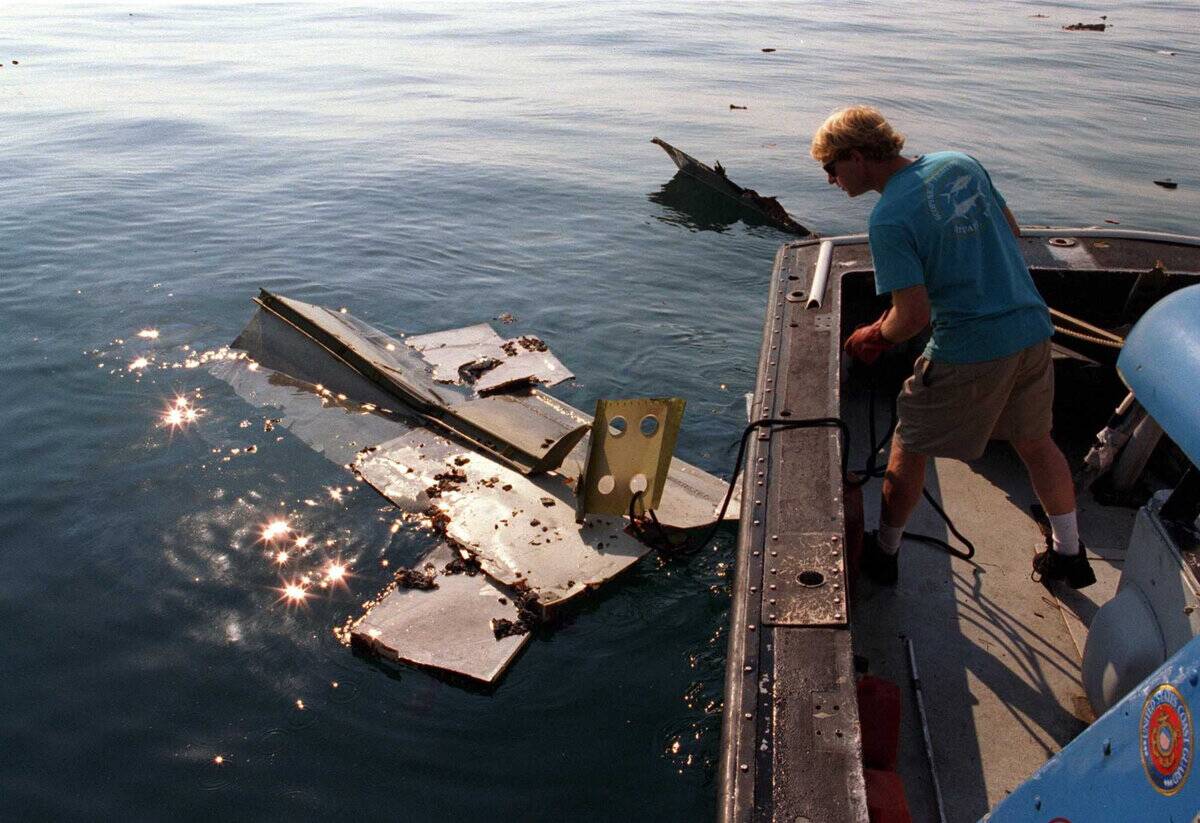
Theories swirled after TWA Flight 800 exploded off the coast of Long Island in 1996, just 12 minutes after taking off from New York en route to Paris. Eyewitnesses reported that a streak of light ascended to the plane shortly before it blew up, fuelling rumors of a terrorist attack or missile strike.
The crash prompted a four-year investigation, which concluded that a spark from a short circuit ignited vapors in the plane’s nearly empty fuel tank, which caused a massive explosion. All 230 passengers and crew were killed.
Swissair Flight 111 – 1998
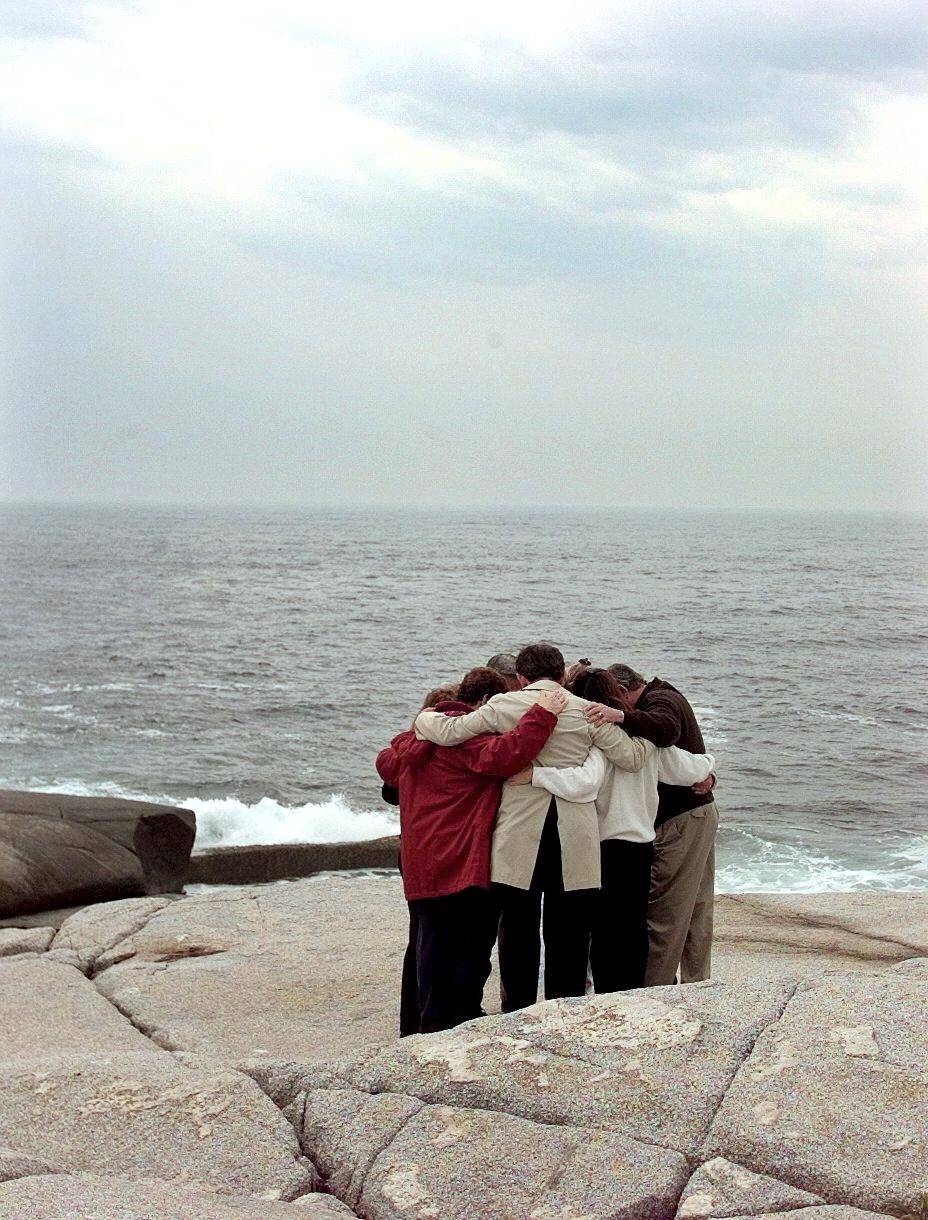
Swissair Flight 111, a McDonnell Douglas MD-11, was a scheduled flight between New York and Geneva when it crashed into the Atlantic Ocean near Peggy’s Cove, Nova Scotia in 1998. All 229 passengers and crew were killed in the disaster.
Investigators were able to trace the culprit to faulty insulation material and wiring in the in-flight entertainment system, which caused a cockpit fire that quickly grew out of control. One lasting change brought about by the tragedy was the banning of the flammable insulation that had fuelled the fire.
Alaska Airlines Flight 261 – 2000
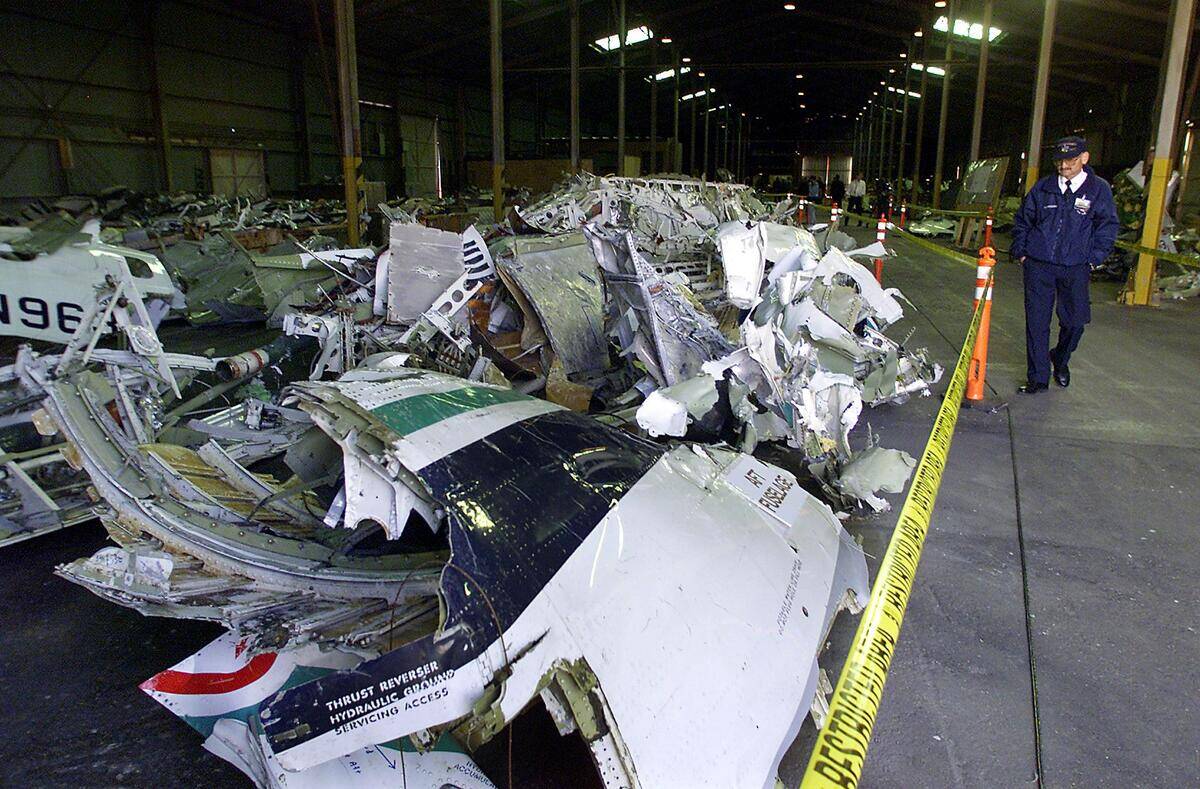
Alaska Airlines Flight 261 spiralled horrifically into the Pacific Ocean off the California coast in 2000, killing all 88 people onboard. A catastrophic failure of the horizontal stabilizer’s jackscrew, which helps with pitch control, caused the plane to enter an uncontrolled dive that it couldn’t recover from.
It was determined that excessive wear and inadequate maintenance of the jackscrew made this a disaster that was waiting to happen. An NTSB investigation prompted reforms in aircraft maintenance procedures, including tighter control of aging components.
Air France Flight 447 – 2009
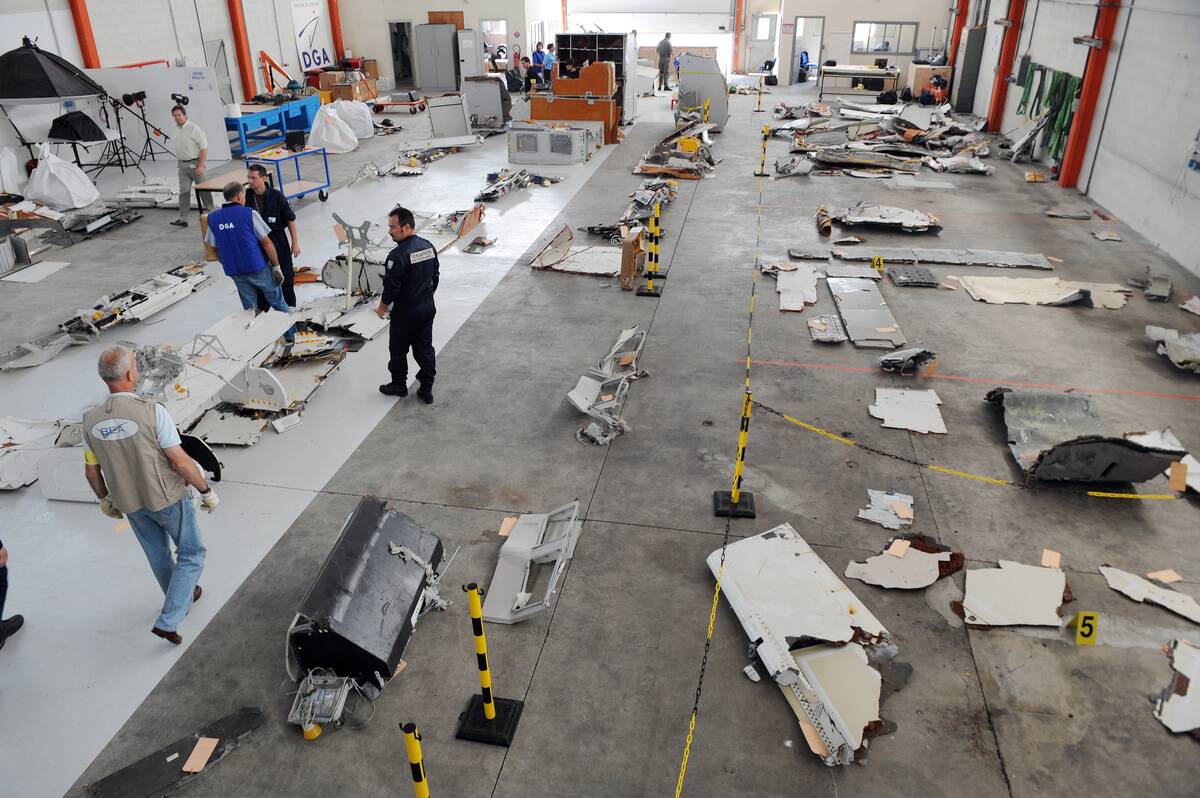
Air France Flight 447, an Airbus A330, vanished over the Atlantic Ocean during a flight from Rio de Janeiro to Paris with 228 people on board. A proper investigation couldn’t begin until the wreckage was recovered — no easy feat considering the plane crashed over deep ocean.
Once the wreckage was eventually recovered, it was determined that the plane’s pitot tubes, which measure airspeed, had iced over. This caused the plane to display an incorrect airspeed. The pilots panicked, even though the plane was functionally sound, and it eventually entered into a stall from which it could not recover.
Malaysia Airlines Flight MH370 – 2014
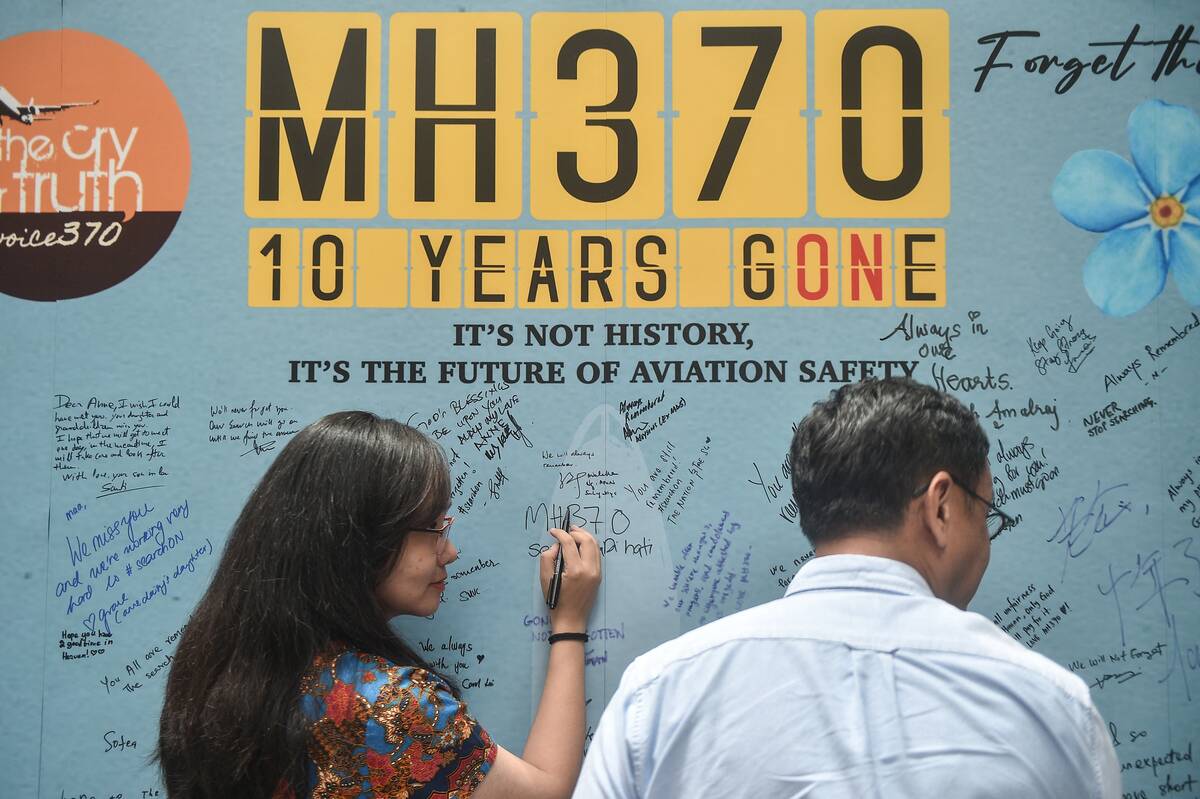
Perhaps the most infamous aviation mystery of modern times, Malaysia Airlines Flight MH370 seemingly vanished during a flight from Kuala Lumpur to Beijing with 239 people on board.
The plane’s transponder switched off about an hour into the flight, while military radar showed it veering off-course before disappearing over the remote southern Indian Ocean. While the mystery wasn’t completely solved, it appears most likely that the plane’s captain intentionally crashed the plane.
Malaysia Airlines Flight MH17 – 2014
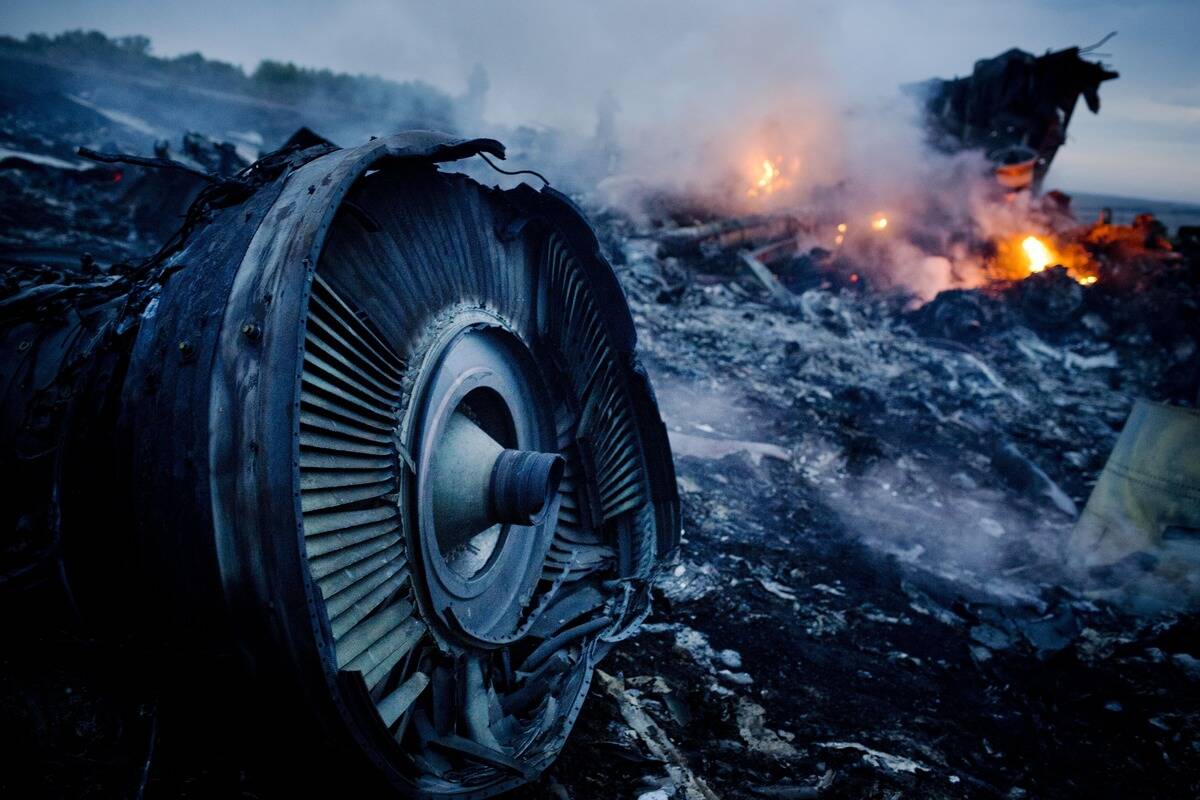
Just months after MH370, Malaysia Airlines experienced another tragedy when Flight MH17, a Boeing 777, was shot down over eastern Ukraine during a period of intense conflict between Ukrainian and Russian forces.
An investigation revealed that the aircraft was hit by a Russian-made Buk surface-to-air missile that had been fired from a territory controlled by Russian separatists. Russia denied involvement in the tragedy. With no clear resolution to the conflict on the ground, airline flight paths were altered to avoid the area.
Germanwings Flight 9525 – 2015

On March 24, 2015, the unthinkable happened when co-pilot Andreas Lubitz intentionally crashed Germanwings Flight 9525 into the French Alps, killing all 150 people on the plane.
An investigation revealed that Lubitz deliberately locked the other pilot out of the cockpit before initiating a descent into the mountains. As Lubitz had a history of mental health issues that he’d concealed from his employer, the aviation industry made immediate changes aimed at preventing a similar tragedy in the future. Chief among these was the “two-person rule,” which requires at least two crew members in the cockpit at all times.
Air India Flight 171 – 2025

Air India Flight 171, a Boeing 787-8 Dreamliner, crashed shortly after taking off from the city of Ahmedabad in western India, as part of a scheduled flight to London on June 12, 2025.
242 people were on the plane, making it the deadliest aviation disaster of the 2020s to date. As it crashed into a busy residential neighborhood, there were more casualties on the ground. Police reported that at least 290 bodies were recovered from the crash site — both in the plane’s wreckage and on the ground.



